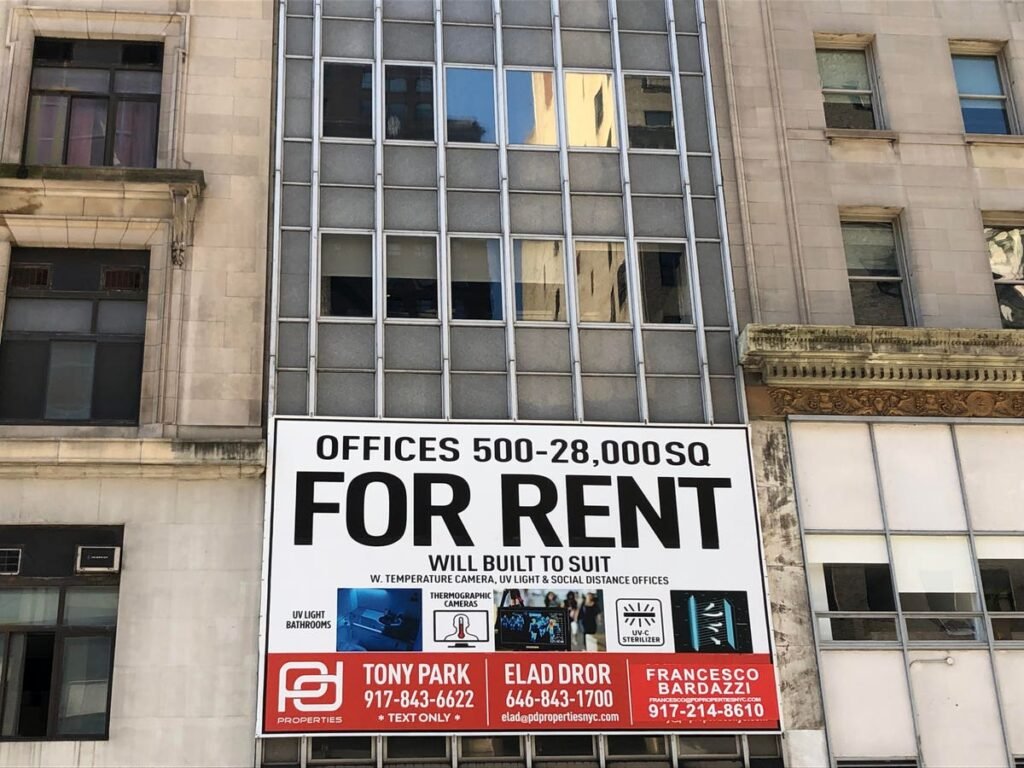In the years following the Global Financial Crisis, the financial media has been keeping an eye out for potential credit market disasters comparable to the RMBS market. Single Asset-Single Borrower securities have been identified as a potential catalyst for such a disaster. These securities involve securitization of a single loan or pool of loans collateralizing a single commercial real estate asset, where a default on one mortgage triggers a default on all. Despite this alarming definition, institutional investors turned their attention towards such assets after the GFC, drawn to the tangible nature of these investments compared to more abstract structuring features.
SASB securities are similar to CMBS conduits, but with more nimble deal structures that give issuers more control over refinancing and extension risk. This has made SASB issuances increasingly popular, surpassing conduit issuances due to their more targeted collateral and risk mitigation features. Investors are also attracted to SASB securities due to the yield pickup and transparency associated with investing in a single, high-profile property. This has led to a doubling of SASB issuances between 2013 and 2022, reaching a market size of around $260 billion.
However, these seemingly attractive SASB securities hold hidden risks, including market, credit, and structural risks. The rising level of floating rate originations set the stage for rate shock in March 2022, which was mitigated by complex “paper” features originally shunned by investors after the GFC. Credit-wise, SASB deals have been known to be fatally flawed for decades, with ratings typically needing the joint credit strength of the asset and obligor to be AAA/Aaa quality. Despite this, credit rating agencies have inflated ratings on SASBs, leading to potential downgrades in the future.
The Financial Times and Wall Street Journal have recently highlighted the potentially inflated ratings on SASBs, with concerns about potential downgrades looming. Critics have drawn parallels to the CDO collapse and the financial crisis, pointing out the severe downside risks associated with continued AAA ratings on troubled SASBs. The rating agencies have been called upon to take responsibility for potentially inaccurate ratings on these securities.
The path of potential SASB downgrades is being closely watched, as the pace and pattern of buildup resemble the conditions leading up to the Global Financial Crisis. The potential for a new crisis hinges on unforeseen risks and events that could expose the true financial condition of these securities. While the extent of the downgrade momentum and its implications are still uncertain, the lingering question remains: will the SASB market trigger a new financial crisis, or will it continue to operate without major disruptions?

